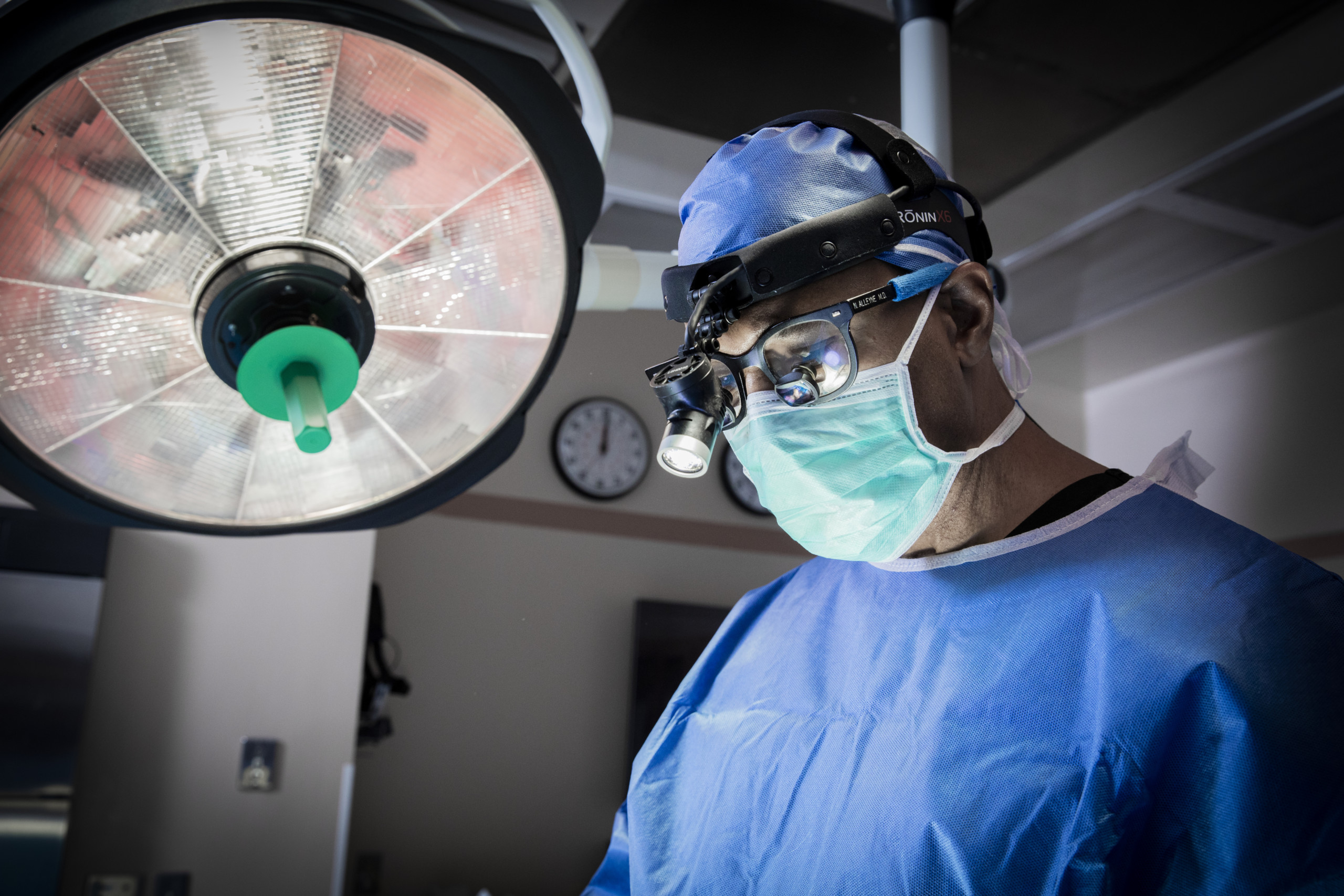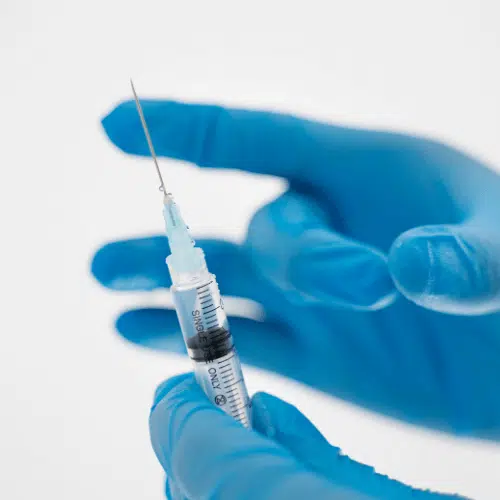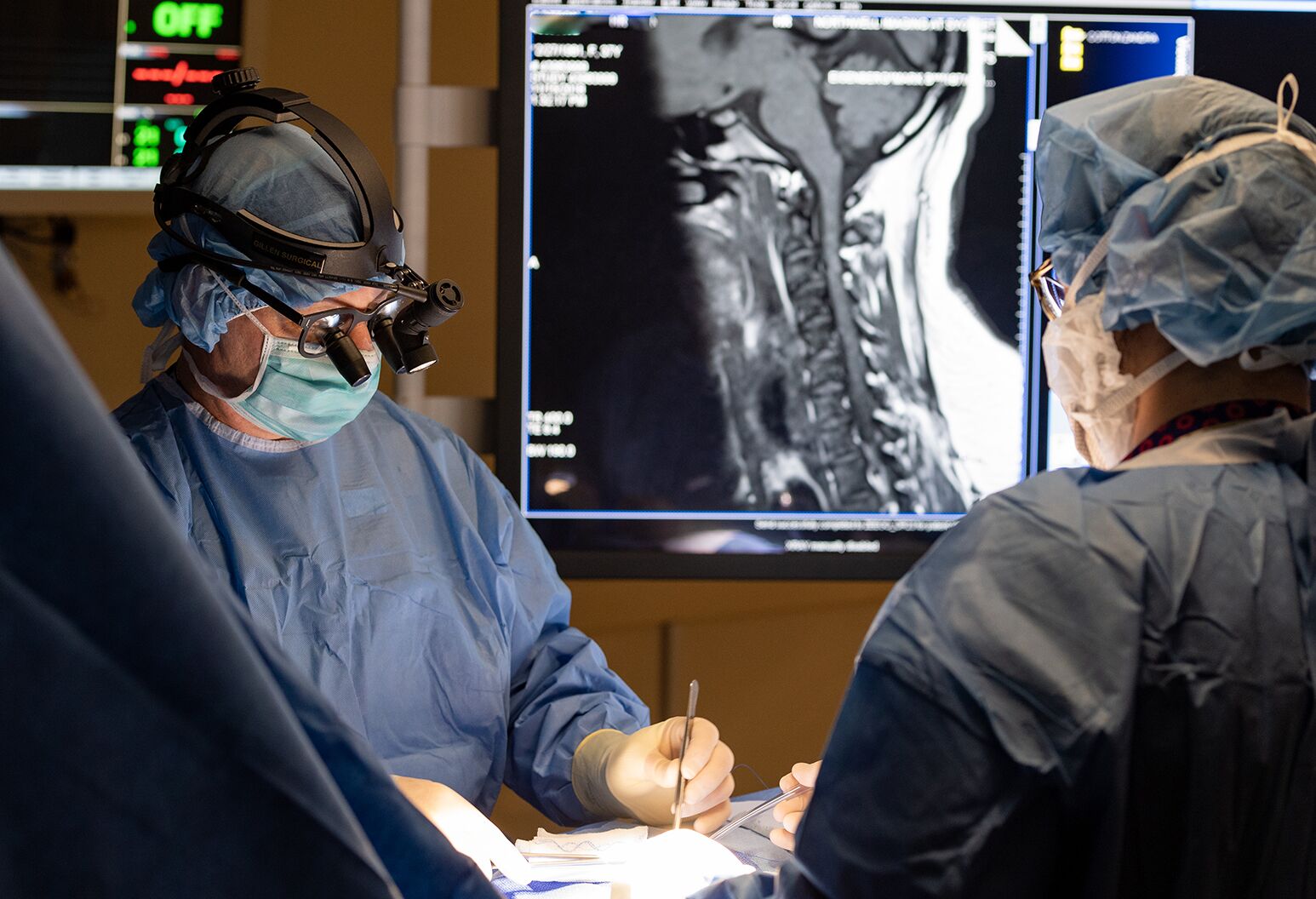An Overview of Back Conditions That Often Cause Surgical Therapies
Back problems such as herniated discs, spine constriction, and degenerative disc condition frequently require medical interventions when conventional therapies fall short to alleviate relentless symptoms. These conditions not just lead to significant discomfort however can likewise drastically harm day-to-day functioning and general lifestyle. Understanding the subtleties of each problem and the equivalent medical alternatives, such as discectomy or spine combination, is important for reliable monitoring. As we discover these conditions additionally, it comes to be evident that the decision-making procedure bordering medical therapy is diverse and warrants careful consideration.
Herniated Discs
Although several people with herniated discs might find alleviation through traditional therapies, surgical procedure ends up being a necessary factor to consider when symptoms get worse or continue - best spine surgeons in st louis mo. A herniated disc takes place when the soft internal gel of a spine disc protrudes with its external layer, potentially leading and compressing neighboring nerves to pain, tingling, or weak point in the extremities
Conservative administration generally consists of physical therapy, pain medications, and corticosteroid shots, which aim to minimize inflammation and improve function. Nonetheless, in cases where these techniques fail to reduce incapacitating symptoms, surgical choices may be checked out.
The most usual surgical procedure for herniated discs is a discectomy, which entails the elimination of the herniated part of the disc to relieve pressure on the impacted nerve origin. In more serious instances, back blend may be essential to stabilize the affected vertebrae.
Patients are recommended to review the potential risks and benefits of surgical procedure with their doctor to make a notified decision. Ultimately, the goal of any surgical intervention is to recover function, reduce discomfort, and boost total lifestyle for people struggling with herniated discs.
Back Constriction
Spine stenosis takes place when the areas within the spinal column narrow, causing enhanced stress on the spine cord and nerves. This condition can create in different areas of the spinal column, including the lumbar and cervical areas, usually as a result of age-related adjustments, such as degenerative disc illness, arthritis, or thickening of ligaments.
Patients with back stenosis may offer with signs and symptoms that consist of pain, pins and needles, prickling, or weakness, largely in the arms or legs. These signs can be intensified by tasks that entail standing or walking, typically leading individuals to seek relief via conventional treatments like physical treatment, medicines, or epidural steroid injections.
Nevertheless, when these non-surgical treatments fail to give adequate alleviation, surgical alternatives may be thought about. Common medical procedures for spine stenosis consist of laminectomy, which involves the elimination of part of the vertebra to reduce pressure, and back fusion, which maintains the afflicted area. The decision to seek surgical treatment is usually based upon the severity of symptoms, the level of useful disability, and the total wellness of the person. Prompt medical diagnosis and management are vital to stop additional neurological compromise and improve top quality of life.
Spondylolisthesis
Spondylolisthesis occurs when one vertebra slips forward over an additional, resulting in imbalance of the spinal column. This condition can arise from different factors, including congenital problems, trauma, or degenerative modifications in the spinal column. It is most commonly observed in the lumbar region, especially at the L4-L5 and L5-S1 degrees.

When non-surgical approaches fall short to eliminate symptoms or when considerable nerve compression helpful resources is existing, surgical intervention may be necessitated. Surgical alternatives can include spine blend or decompression treatments, intended at restoring placement and easing neurological symptoms.
Degenerative Disc Condition

Clients with DDD usually experience pain that may radiate to the arms or legs, relying on the affected region of the spine. The condition can be diagnosed via a mix of professional evaluation, imaging studies, and client history. Treatment options usually begin with conventional steps, consisting of physical treatment, discomfort administration, and way of life adjustments. When these methods fail to provide adequate relief, medical treatments may be considered.
Surgical choices for DDD may consist of spinal fusion or man-made disc replacement, focused on stabilizing the influenced segment and alleviating discomfort (best spine surgeons in st louis mo). Ultimately, the option of treatment is individualized, considering the seriousness of the problem, client health, and way of life aspects
Spinal Tumors

Spinal tumors can arise from numerous factors, including hereditary proneness, ecological impacts, and pre-existing clinical problems. People might provide with a variety of symptoms, including localized discomfort, neurological deficiencies, weak point, or modifications in digestive tract and bladder feature, depending on the growth's size and location.
Surgical treatment may be called for to alleviate signs, get a biopsy, or remove the growth entirely. The goal of surgical procedure is frequently to unwind neural components and stabilize the spinal column. Early discovery and intervention are vital for optimizing end results in patients with spine lumps.
Conclusion
In summary, spine conditions such as herniated discs, spine constriction, spondylolisthesis, degenerative disc condition, and back tumors often demand surgical intervention because of their potential to trigger considerable discomfort and useful impairment. While conservative therapies may offer temporary alleviation, surgical choices end up being important when signs get worse or linger. image source Prompt medical diagnosis and intervention play a vital duty in recovering feature and enhancing the lifestyle for damaged people, emphasizing the relevance of comprehensive back treatment.
